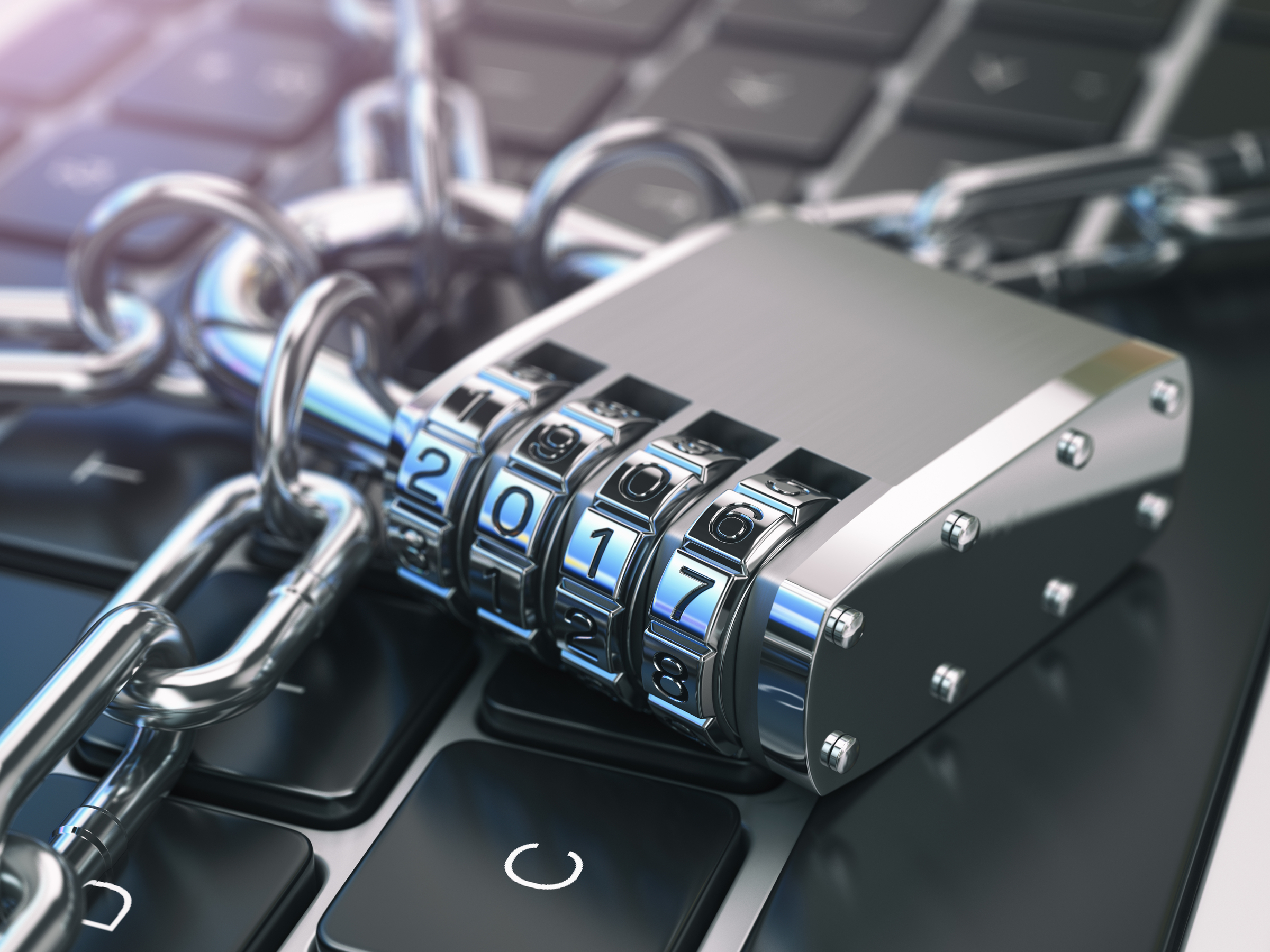
Encryption: Keeping Your Data Locked Down
Losing your phone is crippling. Losing a device like a laptop is debilitating. These devices are expensive but the data that they contain may be just as costly. Theft is a constant concern when you are dealing with pricey devices and the information they may contain.
Losing your hardware is bad enough, but what happens to your personal data? Could a thief with your phone, tablet, or laptop access your apps and files? The simple answer is that it depends on the device you lost.
Thieves can always erase your device and keep using it. The good news is that they can’t get to your personal data if your device’s storage is encrypted. Apple’s iPhones and iPads are securely encrypted by default, as are Android phones. Apple has been encrypting Mac storage by default with FileVault since OS X 10.10 Yosemite, which was released in 2014.
Windows 10 is still the only modern operating system that doesn’t provide encryption to all users. There’s a very good chance your Windows PC’s storage is not encrypted, which means that anyone who steals your Windows device can gain access to your private files. And it’s easier than you think. They simply boot into another operating system on it or pull out the internal drive and put it in another computer.
If you’re using a Professional, Enterprise, or Education edition of Windows 7, 8, or 10, you can enable optional BitLocker encryption to protect your device. If you are using these more expensive editions of Windows and have set up BitLocker, then your data will be secure — assuming you used a strong password.
You can check if BitLocker is in use on a PC by heading to Control Panel > System and Security > BitLocker Drive Encryption. (If you don’t see the option, you’re using a Home edition of Windows.)
What if you don’t have Bitlocker?
In the Home edition of Windows 7, 8, or 10, there is no way to use standard BitLocker. You can check if Device Encryption is available on a PC by heading to Settings > System > About. Look for a message about “Device Encryption.” If you don’t see this section, your PC doesn’t support it.
If you’re using a Home edition of Windows, you can also try third-party encryption tools like VeraCrypt. Alternatively, you can pay $100 to upgrade from Home to Professional to get BitLocker.
The bad news is that, unless you’ve gone out of your way to enable encryption with BitLocker or you have this encryption feature built into your Windows 10 PC, your PC’s internal storage is probably unencrypted and its files will be accessible to thieves.
Microsoft should enable encryption by default for all it’s users, but unfortunately, it has yet to do so. As a result, Windows PCs are uniquely vulnerable to data theft.
(Image Source: iCLIPART)


